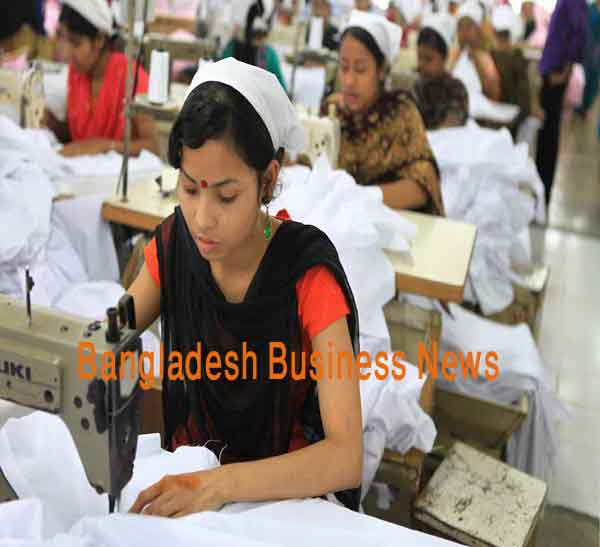
Dhaka, Bangladesh (BBN) – Bangladesh produced a record of 144,616 bales of cotton in the just concluded fiscal year (FY), 2013-14, marking a growth of 12 percent as against the previous fiscal.
In fiscal 2012-13, the total cotton production was about 129,000 bales from 39,756 hectares of land.
"In the just concluded season, the farmers used more lands and hybrid seeds than the previous one, and subsequently the output was very good," Farid Uddin, additional director of Bangladesh Cotton Development Board, was quoted by the Financial Express, a local newspaper, as saying.
Some 41,498 hectares of land were brought under cotton cultivation in FY 14, which was 32,600 hectares just five years ago with a production of only 50,175 bales.
The production has increased about three times during the last five years and witnessed a rising trend. But, the volume is still too small compared to the national demand of over 4.0 million bales, said Mansoor Ahmed, secretary of Bangladesh Textile Mills Association (BTMA).
Domestic production of cotton, the main raw material of textile industry, can hardly meet 3-5 percent of the country's total demand.
According to sources, earlier cotton production could not reach its required level due to high production cost, low market price and low yielding capacity, resulting in lower benefit to the farmers.
But in the recent years, there has been a remarkable increase in cotton production in the country due to introduction of hybrids seeds and modern technologies, the newspaper reported.
Out of the total 41,498 hectares of land brought under cotton cultivation in the last fiscal, some 24,855 hectares were in plane land, while the rest 16,643 were in the hilly areas. Of the plane lands, some about 10-15 per cent were brought under hybrid cotton cultivation using hybrid seeds. The farmers now feel encouraged to use hybrid seeds, especially the Chinese hybrid variety, said Farid Uddin.
The hybrid seeds came at a time when cotton production was suffering a gradual decline because of the farmers' lack of interest. The country's cotton production in 2005-06 stood at 77,000 bales from 49,770 hectares of land, but dropped to 70,530 bales from 42,100 hectares in 2006-07.
Production of cotton in 2007-08 faced serious setback, as it was only 42,380 bales from 28,707 hectares. But it rose to 50,175 bales from 32,600 hectares in 2008-09, and since then the production started increasing and the trend is still continuing.
According to analysts, lower income from the existing HYV discourages the farmers to grow cotton, as they have other options for better gains, like – maize, vegetables, banana and flower etc. But stakeholders now expect a boost in the farmers' confidence with the advent of the hybrid seeds.
Cotton is grown in 32 districts, mainly in Jessore, Jhenaidah, Kushtia, Chuadanga, Meherpur, Pabna, Tangail, Mymensingh, Rajshahi, Natore, Rangpur, Bandarban, Khagrachhari and Rangamati. Approximately 60,000 farmers are involved in cotton production around the country, most of whom have marginal and small holdings.
In Bangladesh, cotton is generally grown as a rain fed crop. Two types of cotton – upland cotton and hill cotton – grow here. The upland cotton is cultivated in the south-western region, northern region and central region, covering some 32 districts out of 61 plane districts, whereas the hill cotton grows in three hill districts.
Hill cotton is an indigenous variety and cultivated in 'Jum' system and used for handloom cloths. Medium staple cotton, mainly the upland cotton, is primarily used by the textile industry, cottage industry and individual farm family.
BBN/SSR/AD-05July14-1:10 am (BST)









